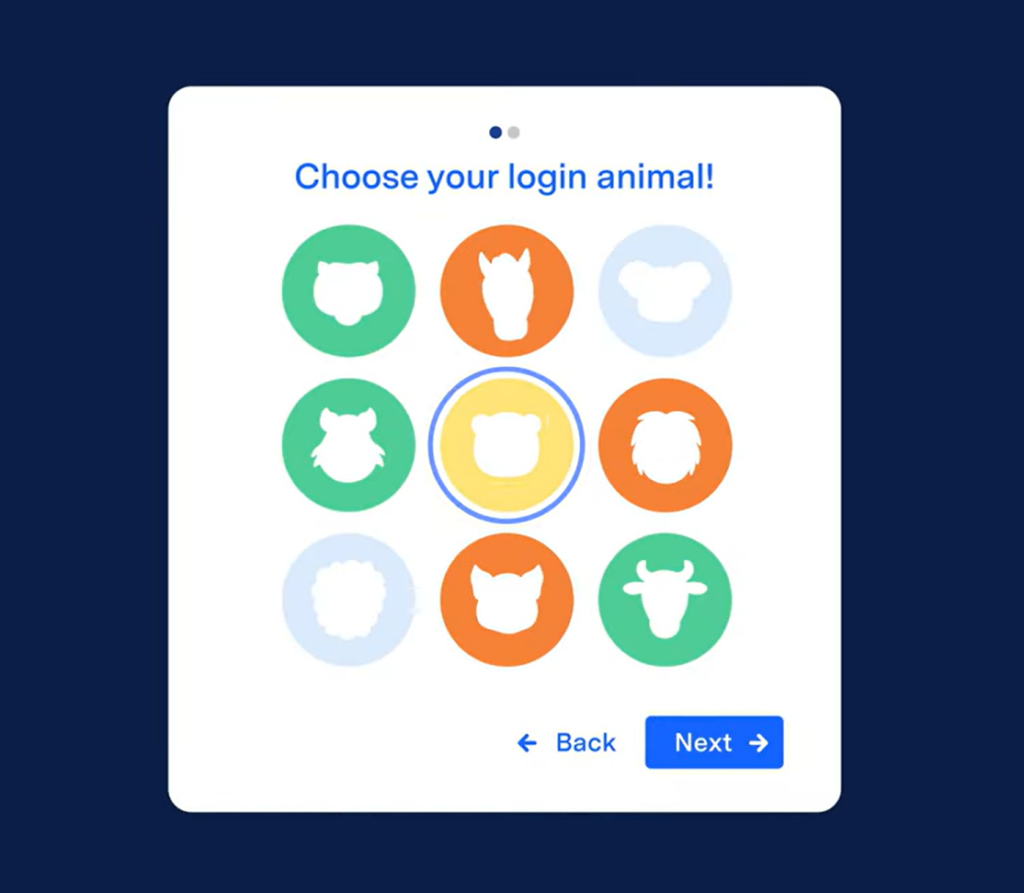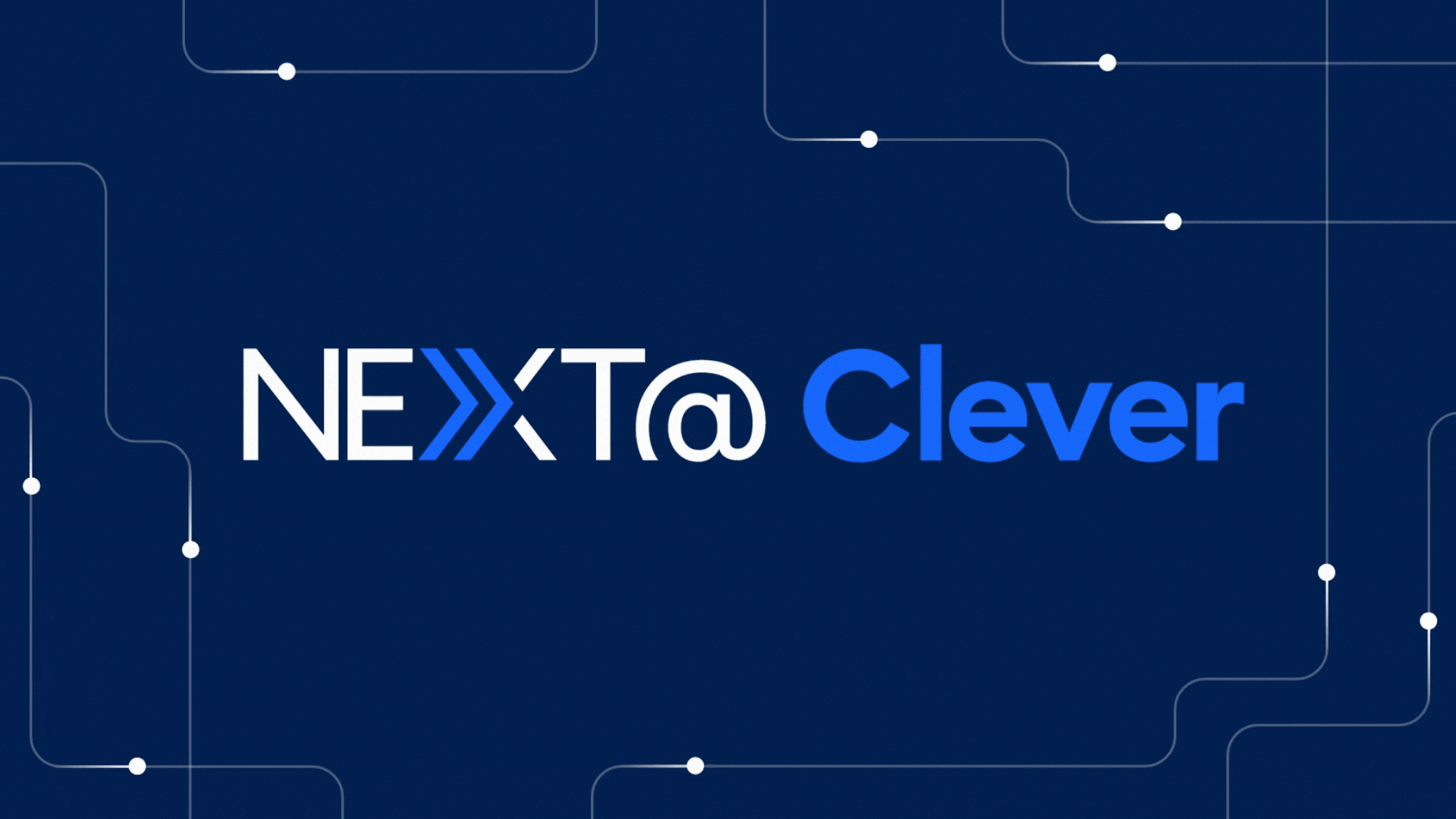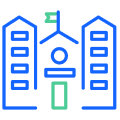Top identity and access management trends in education you need to know in 2024
Every day, thousands of students and staff navigate multiple platforms and applications, each requiring unique credentials. Managing all these digital identities and access rights has become a formidable challenge for many schools.
If not done properly, it can slow down the educational process and leave sensitive data vulnerable to cyber threats. That’s where Identity and Access Management (IAM) comes into play. IAM is the framework that schools use to ensure the right individuals can access the appropriate resources at the right times and for the right reasons.
In this article, we’ll discuss the trends in IAM and how advanced IAM solutions can help your school or district become more agile and secure. From streamlined Single Sign-On (SSO) solutions to robust Multi-Factor Authentication (MFA), find out how these technologies ensure that the focus remains on learning and teaching—not on navigating a maze of logins.
1. One, federated login
With the increasing integration of edtech in our classrooms, the management of multiple passwords for various applications has emerged as a pressing issue, particularly for younger students.
Often, users resort to poor password practices, such as reusing passwords or choosing overly simple ones, just to quickly log in and access the resources they need to complete their work. However, this greatly increases the risk of security breaches. Such breaches not only compromise sensitive information but can also severely disrupt educational activities.
To combat these issues, schools are turning to Single Sign-On (SSO) systems. SSO allows students, faculty, and staff to use one set of credentials to access a multitude of applications and services. Using one, federated login has several key advantages, such as:
- Simplifies access and improves user experience significantly
- Increases security through reducing password-related vulnerabilities and decreasing attack vectors
- Reduces IT costs by centralizing authentication and reducing password resets and account management issues
SSO is transforming the educational landscape by making digital learning more accessible and secure, ensuring that the focus remains on education rather than administrative hurdles.

2. Student MFA
The traditional username-and-password model cannot keep up with increasingly sophisticated cyber threats. Bad actors are increasingly targeting younger students through various cyber attacks on schools, such as phishing, brute-force attacks, account takeovers, and even exploiting poor password practices.
That’s why many schools are adopting multi-factor authorization (MFA) in the classroom on top of SSO systems. MFA enhances security by requiring users to provide two or more verification factors to gain access to their accounts.
For users, this typically involves:
- Something the user knows (like a password or PIN)
- Something the user has (like a smartphone app or security token)
- Something the user is (like a fingerprint or facial recognition)
This combination makes unauthorized access much harder, effectively blocking potential intruders who may have compromised one form of authentication.
Younger students, in particular, benefit from simplified MFA processes that might involve simple, personal tokens (like Clever Badges) or biometric methods suited to their needs to manage traditional authentication factors.
However, most MFA solutions aren’t built with age-appropriate secondary factors. That’s why it is crucial for schools to ensure their MFA solution has customizable options that are appropriate for different age groups.
Learn more about how to select the right MFA tool for your district.
3. Biometrics
The use of biometric technology is becoming increasingly popular as schools seek more advanced and reliable ways to protect student information.
Biometrics involves using unique physical characteristics, such as fingerprints, facial recognition, or iris scans, to identify and authenticate individuals. These identifiers are inherently linked to each individual and are extremely difficult to replicate or steal, unlike passwords or tokens that can be shared or hacked.
This makes biometric authentication one of the most secure and efficient methods available. However, the implementation of biometrics also requires careful consideration of privacy and data protection.
Schools must ensure that biometric data is stored securely and used in compliance with privacy laws and regulations. Transparency with parents and students about how biometric data is collected, used, and protected is crucial to maintaining trust and upholding ethical standards in the use of this technology.
4. Passwordless authentication
Passwordless authentication is emerging as a forward-thinking solution, providing a secure and user-friendly alternative to traditional password-based logins.
Instead of remembering and entering passwords, users—whether they are students, teachers, or staff—can log in using methods such as:
- Biometrics: Utilizing fingerprint scans, facial recognition, or voice recognition to authenticate users based on unique physical traits.
- Magic Links: Sending a one-time-use link to a user’s email or phone that grants access upon clicking.
- Push Notifications: Sending a notification to a user’s registered device for approval.
- Security Tokens: Using hardware tokens or mobile apps that generate time-based one-time passwords (TOTPs).
Schools can integrate passwordless authentication into their existing IAM systems, ensuring a smooth transition and minimal disruption. For instance, Clever’s platform supports passwordless authentication methods such as Clever Badges, making it easy to implement and use.
Younger students can use their Clever Badges to log in, and there’s also an option to have them choose their login animal and fruit as their secondary authentication method. This provides a simple and hassle-free way to access their edtech, so students can focus on learning while maintaining security.

5. Adaptive authentication
Adaptive authentication is a dynamic approach to securing digital resources. Unlike traditional authentication methods that just rely on static factors like passwords or security questions, this cutting-edge technology adjusts security measures based on the context of each login attempt.
To do this, it evaluates:
- User behavior and typical login patterns, such as time of day, device used, and location.
- Contextual Information about the security of the network being used (public or private).
- Anomalies, such as an attempted login from a new device or location.
When a potential risk is detected, the system can prompt additional authentication steps. For example, if a student attempts to log in from an unfamiliar location or a new device, the system may request additional verification factors, such as a biometric check or a secondary code, to confirm their identity.
Clever’s multi-factor authentication solution enables schools to designate safe networks and countries so when unusual sign in attempts occur from outside the network or country, automatic MFA prompts will occur.
From automated account provisioning and management to built-in MFA, schools can rest assured that access to sensitive data and educational resources is both secure and seamless.

More to read
December 10, 2025
Wonde vs. Clever: 2025 Side-by-Side ComparisonWhen it comes to choosing the right edtech platform for your school or trust, there’s a lot to consider. Can it sync reliably with your Management Information System (MIS)? Support secure logins for every user, on every device? Scale across multiple schools without overloading your IT team? Wonde and Clever are two of the most […]

October 21, 2025
Stop the Sticky Notes: Bend-La Pine’s Simple, Secure Fix for Substitute Teacher AccessRobbie Faith, an instructional technology coach at Bend-La Pine Schools, successfully implemented a Clever feature to streamline secure access to digital resources for short-term substitutes, leading to more effective sub planning for teachers, increased confidence for subs, and more consistent learning for students.

October 16, 2025
A Unified Future: Why a Single Identity Platform Is the Key to Secure and Scalable LearningStop managing complex K-12 security with patchwork fixes. Jamie Reffell, CPO at Clever explains how a unified identity platform is the future for secure, scalable learning and effortless edtech deployment.


















